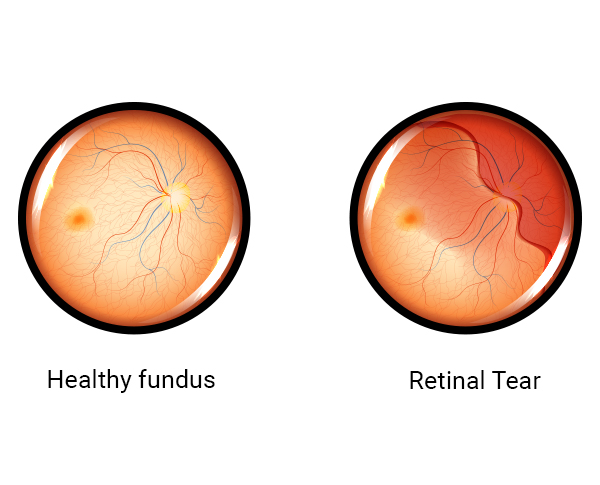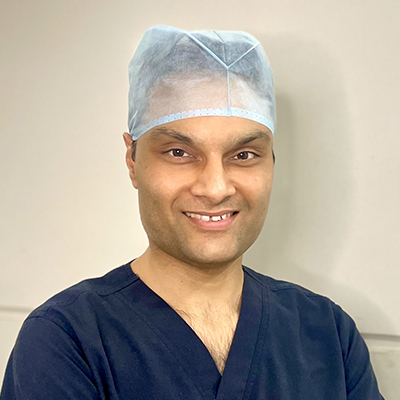Overview
Retinal holes or tears are weak areas in the retina that may lead to retinal detachment, which can cause severe visual impairment. In most cases, retinal holes or tears are incidentally found in patients during a detailed fundus examination by an eye specialist. Most patients don’t have any visual symptoms of these holes or tears, but early treatment can save the eye from potentially blinding retinal detachment.




